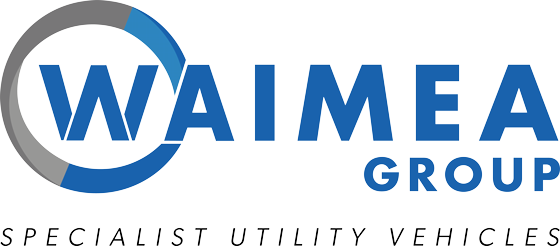How To Optimise The Working Range of Your EWP?
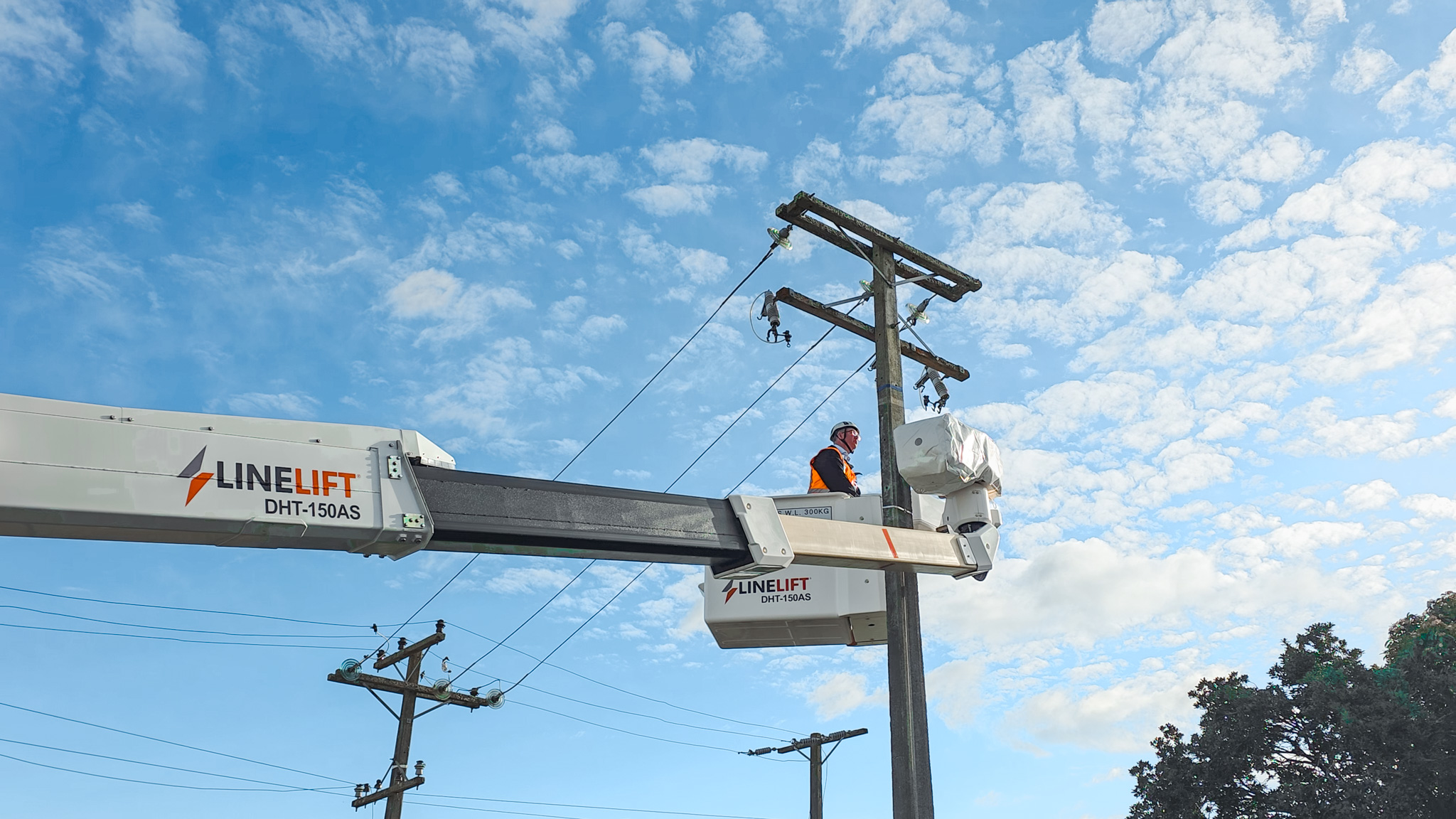
The Key to Power Line Safety and Efficiency
A vitally important, but often underestimated part of power line maintenance is optimising the working range of your EWP (Elevated Work Platform). When you’re using a bucket truck to access and work on power lines, there are a number of key points operators need to have in mind so they can ensure their safety, the safety of others, and the overall efficiency of the worksite.
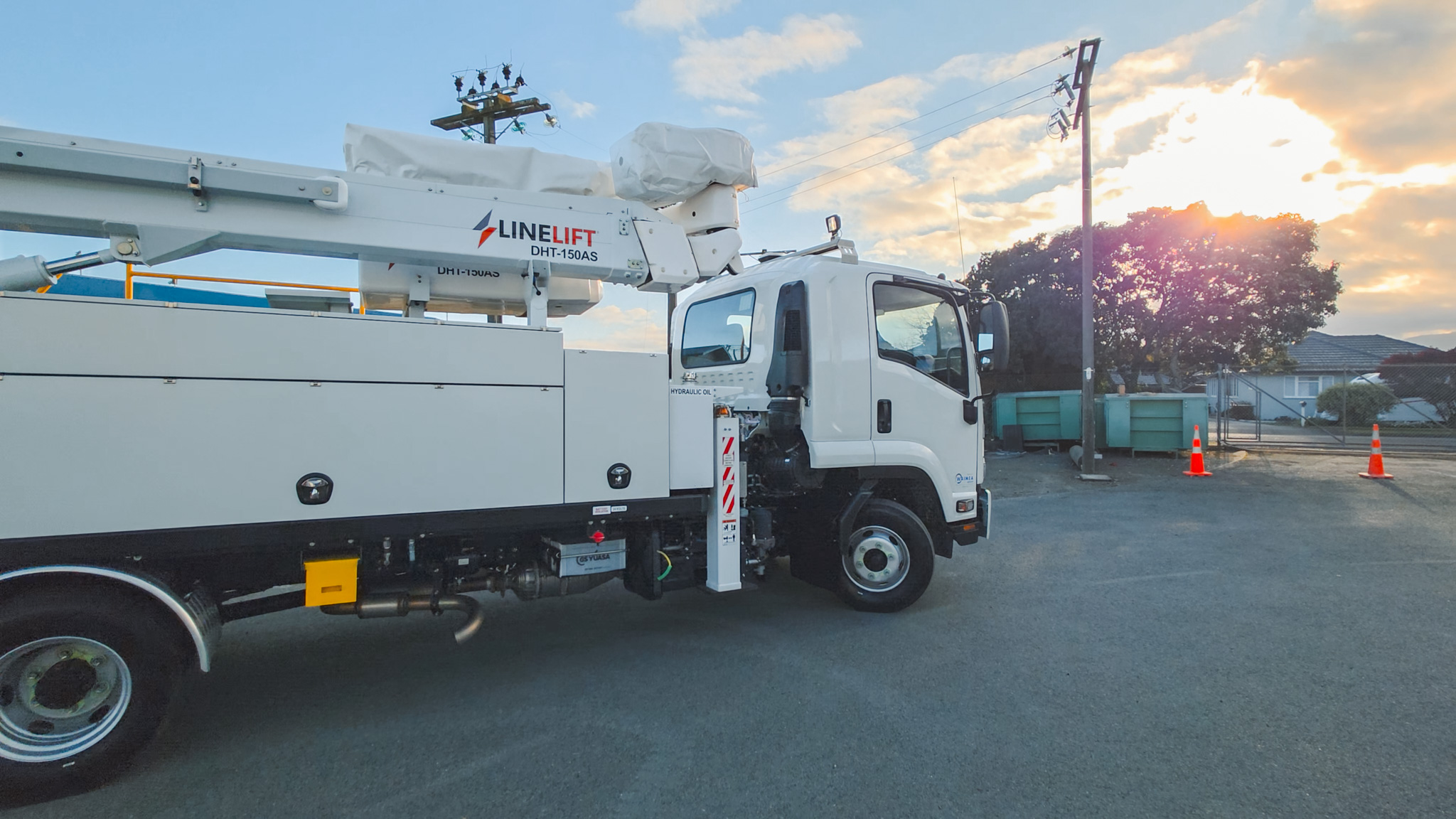
Key EWP Considerations: The Waimea Linelift® DHT150AS Bucket Truck
Take the example of Waimea’s Linelift® DHT150AS EWP. This robust machine offers 16.5 meters of vertical work height (plus an additional 600mm of bucket lift) and features a jib and wrap-around boom function for maximum ease of reaching lines.
However, even with this impressive capability, planning ahead when positioning the Linelift® is non-negotiable for effective and safe operation. It’s a precise process of positioning the truck and its boom relative to the pole to maximize the machine’s work envelope around your target area. The more accurately this is done, the easier and safer it will be for the operator.
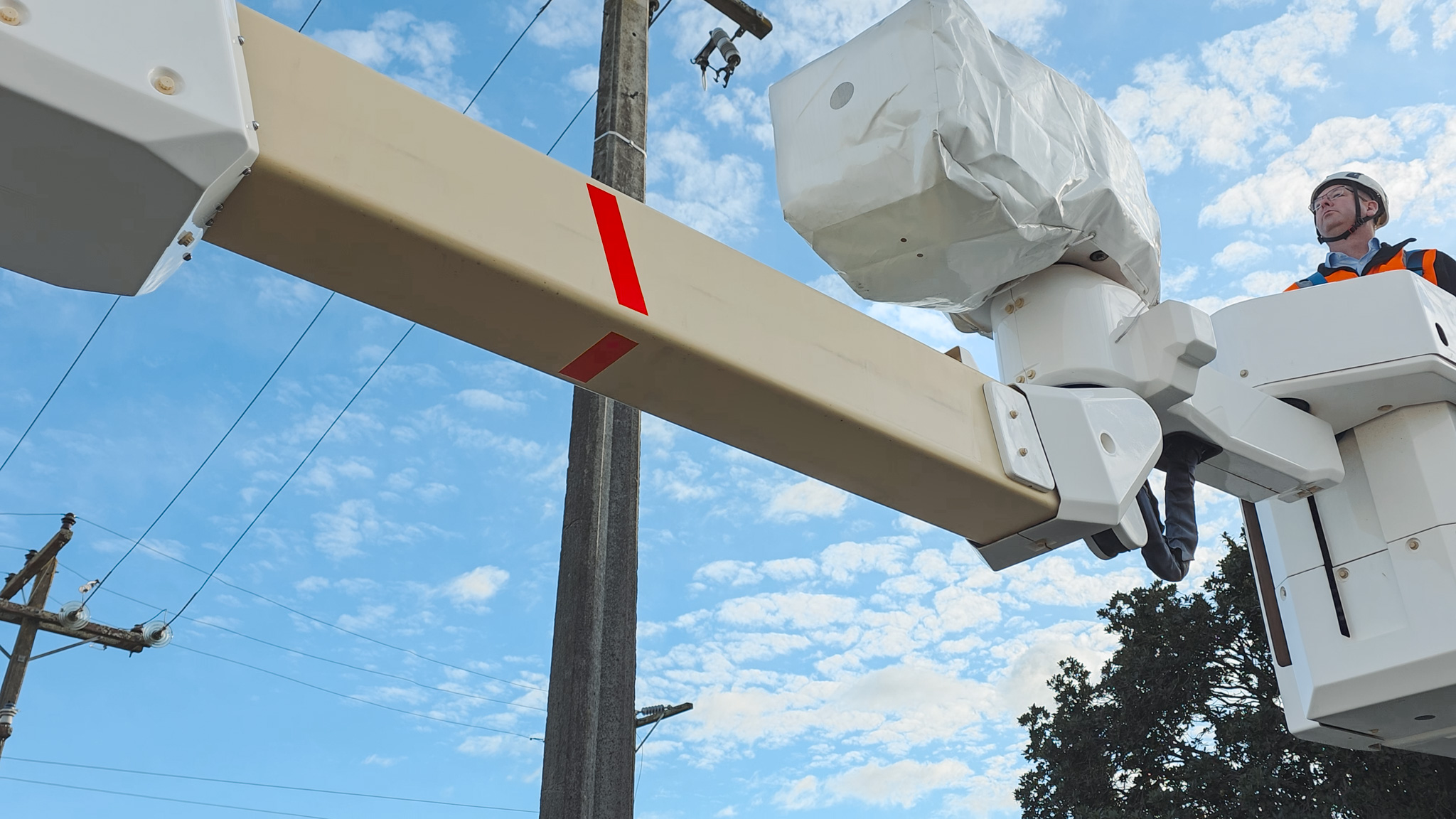
Achieving Insulation: The Critical Safety Distance
The first key consideration is that the Linelift’s boom has to be extended to achieve electrical insulation. The minimum extension is defined by a clearly marked red band on the boom called the insulation mark. This dictates how far away you need to be positioned from your pole. The vehicle must be parked far enough away from the base of the pole for the insulation mark to be visible when the boom is extended up to the worksite, otherwise the boom will not be insulated against electricity – a recipe for disaster.
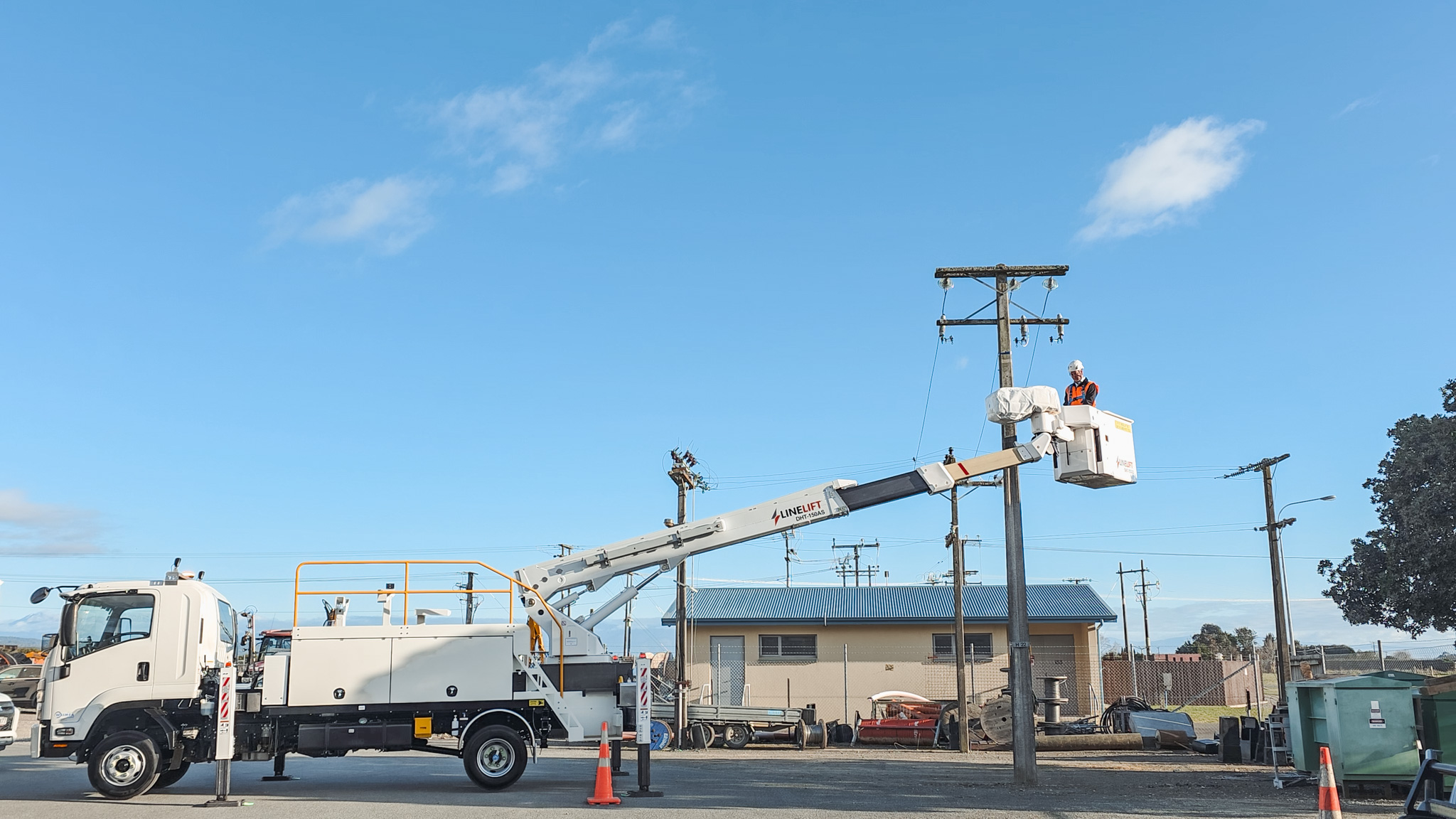
Understanding Your EWP’s Working Envelopes
The second key consideration is to remember that the boom has two working envelopes that limit its operation:
- Maximum Capacity
This envelope is defined by the weight limit. For the DHT150AS, the capacity is:
- 300kg in the bucket, OR
- 500kg on the jib, with
- A total maximum combined weight of 600kg.
Exceeding the total weight will compromise the machine’s stability and safe working range due to an unbalanced load.
- Maximum Outreach
This envelope is defined by the horizontal reach, which in the case of the DHT150AS, is 11.5 meters horizontally. It’s vital to note that when operating at the maximum outreach, the bucket weight capacity is automatically reduced to only 150kg to maintain stability and prevent an imbalance.
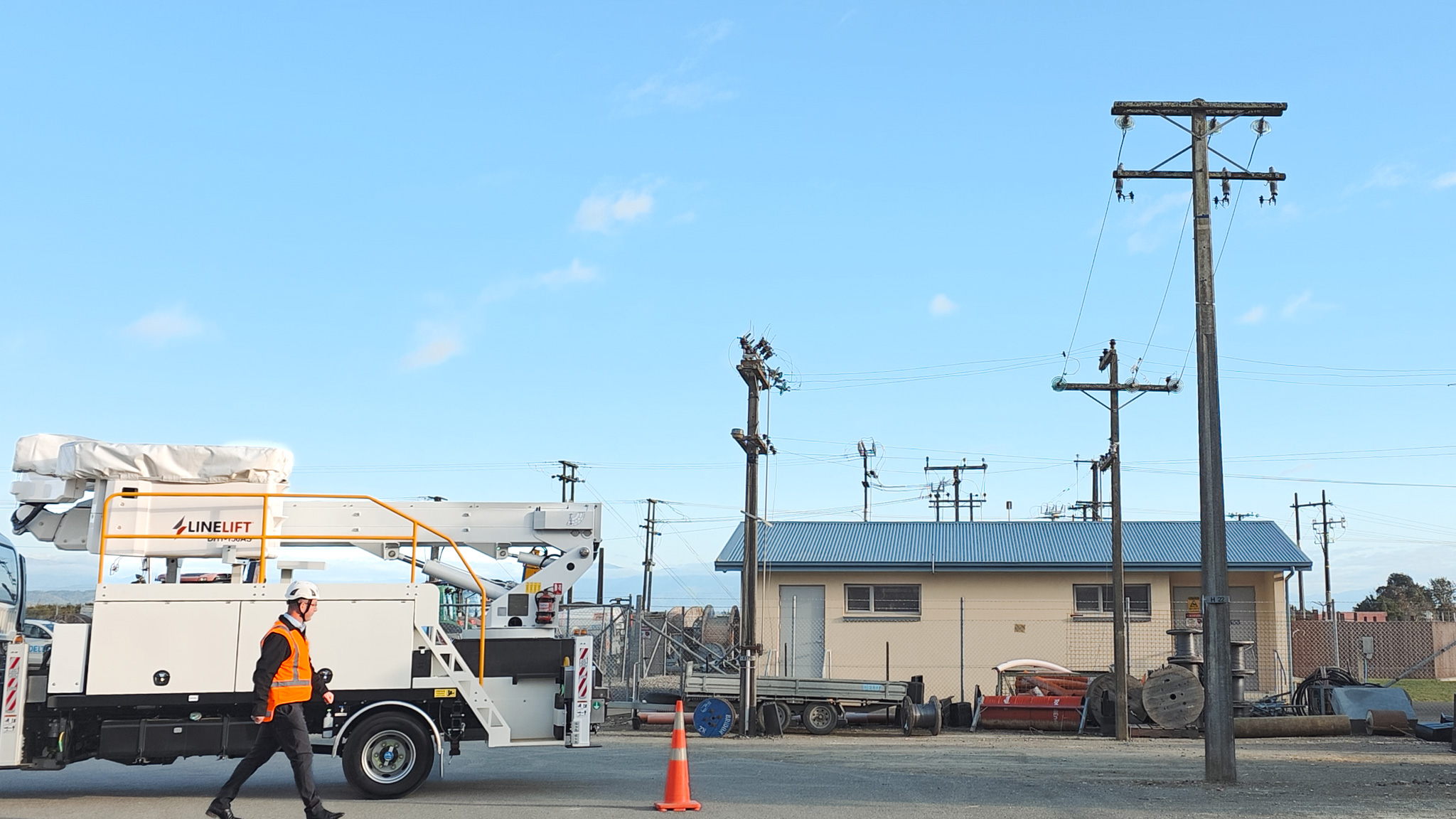
Optimal EWP Positioning: The Safe Spot
Taking these factors into account, the optimal place to park your EWP is at a distance that positions your operator within the ideal operating window. This window is the zone between the point where insulation is achieved and the limit of the maximum outreach. For the Linelift® DHT150AS, the ideal parking distance is generally 5.5 meters from the centre of the slew to the centre of the pole.
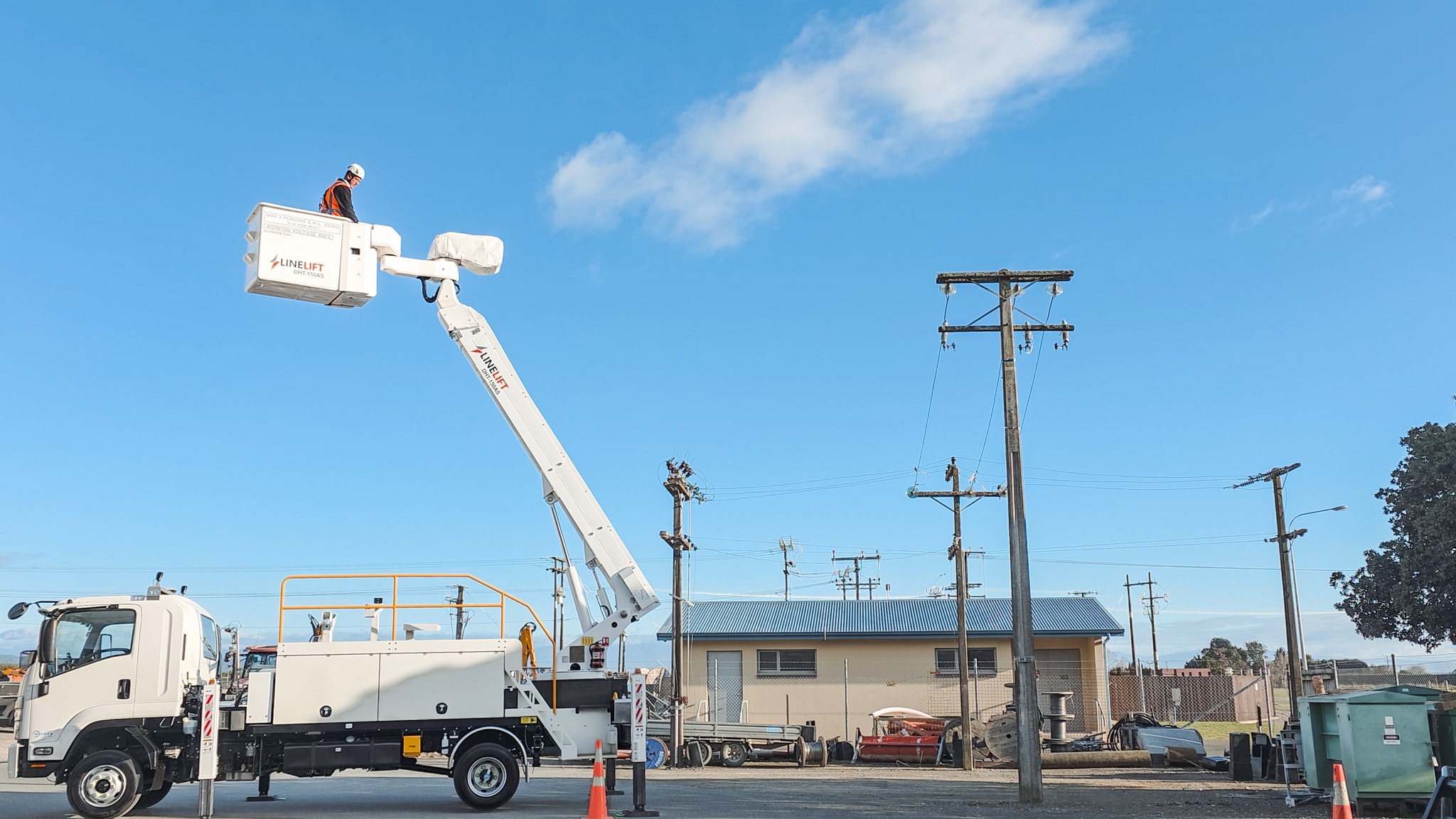
By studying the range diagram and parking so the pole is in the middle of this optimal window, you guarantee your operator has full, safe, and efficient access to the entire working area while maintaining full insulation capacity.
Want to learn more about EWPs and how to master their working ranges?
Waimea offers a variety of Linelift® EWPs with different ranges designed for specific line work requirements. Contact Allister Moore today to find out which EWP is the right fit for your team.

